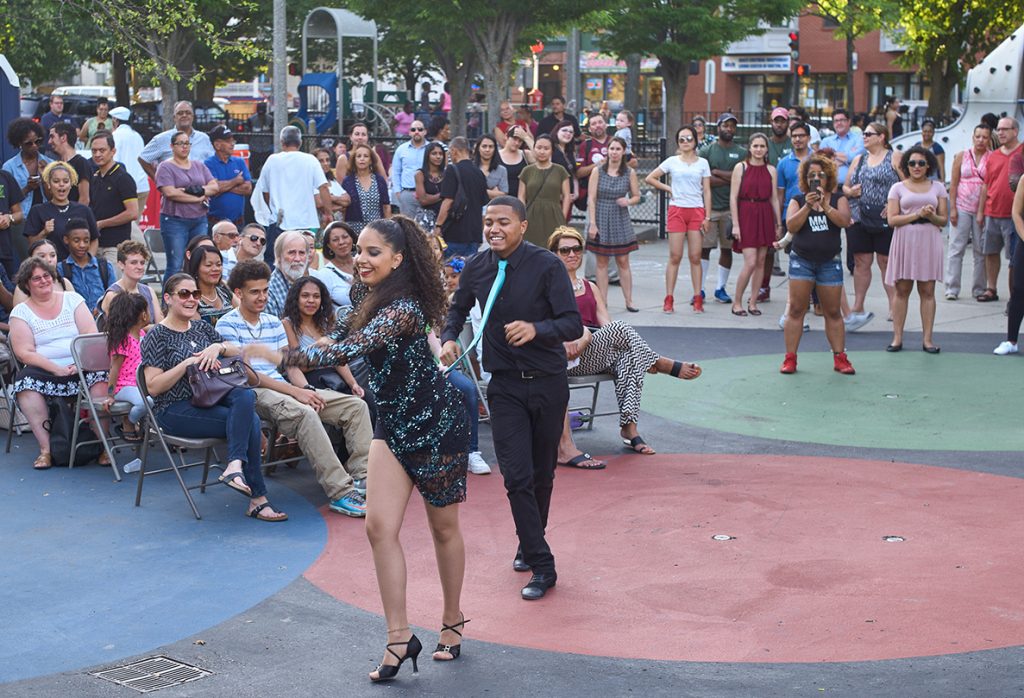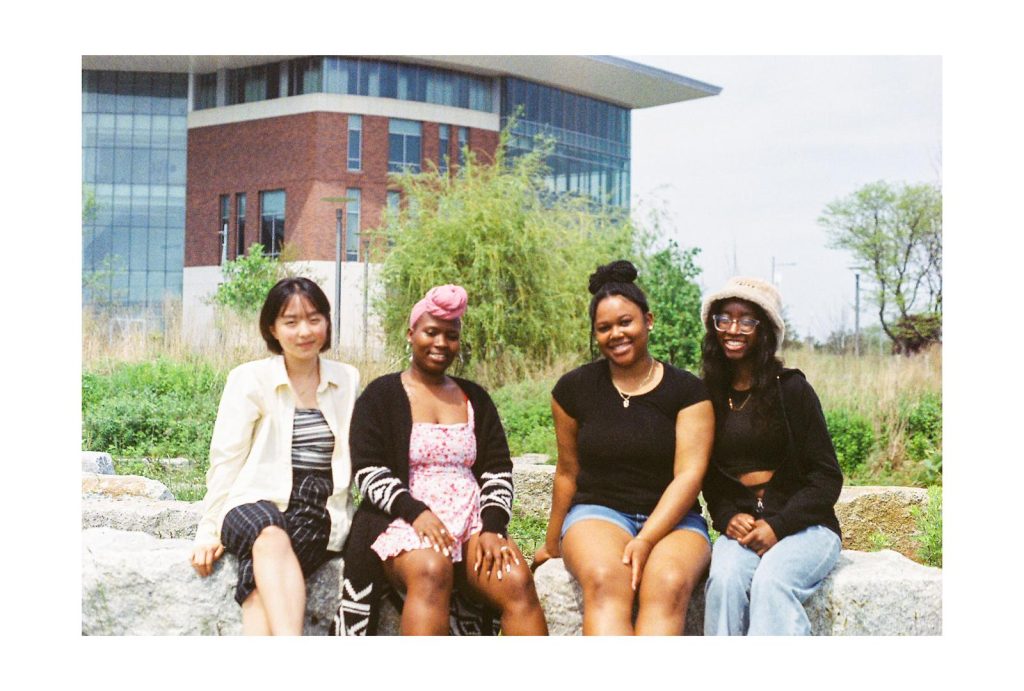Power of Culture Blog
Creative Youth Development Organizations in this Challenging Time
Their concerns, needs, and wisdom
Bendu David, Creative Youth Development BIPOC Alumni Council
Building connections with CYD youth and alumni

It is impossible to serve a group of people if one cannot build connections with them.
Last year, I had the opportunity to be a part of the first pilot phase of Mass Cultural Council’s Creative Youth Development BIPOC Alumni Council and it afforded me a great experience. The Alumni Council was created with the intention to be a bridge between Creative Youth Development (CYD) programs and a voice for the youth within them using our experiences as alumni of these programs. The Alumni Council worked through figuring out what our purpose was and what our intentions were, and it was rewarding but also taxing work — taxing because what we wanted our role to be was not an easy feat. We wanted to be a voice for the youth in CYD organizations as well as a network for CYD program alumni. However, this was and has been difficult to achieve as our vision is grand!
As a younger kid, my mom thought it was important that I get involved with my community and be active. This is how I ended up in my first CYD organization, City Strings. City Strings is a cello orchestra which met out of Twelfth Baptist Church and it was the first time I had played an instrument in a team setting. Before City Strings, I was taking solo violin classes. I was able to become closer with my church friends through City Strings as well as get the opportunity to perform at places I’d never been and meet new people.
In addition to City Strings, I have also been a part of the ICA’s Teen Arts Council and Hyde Square Task Force. I gained a lot of leadership experiences from both organizations and saw how different CYD programs can be. I felt represented in a special way at Hyde Square where the staff and youth alike were all people of color who had various passions for the arts. At the ICA, I had the chance to propose with my peers the opportunity to audition performers for the Teen Night events. Previously, performers were invited, but I had the opportunity to assist in overseeing auditions – a feature that was introduced newly to Teen Night and to the Teen Arts Council.
At Hyde Square, I participated in Ritmo, the dance department of the organization and it was one of the first times since elementary and middle school where I was able to explore my talents as a dancer, but also as a member of a community at large. My dance instructors allowed me the space to experiment, creating a space in the dance studio that was safe for me. I was allowed the room to make mistakes, to learn new things and ask questions – and also to express myself both through dance and outside of dance. In Ritmo that summer, I was given the space to speak honestly about my life and about my identities. We were able to build a strong sense of community within the dance group as we moved with love and respect for the art, and for each other. Another dancer would notice if someone needed help, if someone needed a snack, or needed a break, and we would make sure everyone knew they were accounted for. Through this CYD program, the space to talk about race, ethnicity, and sexuality with adult staff and mentors was upheld as many staff were Black or brown individuals, the majority being Latinx. We were able to get vulnerable with each other and this strengthened the community we were able to build. There was heavy emphasis and action to protect students at all times by the staff and mentors. It was through this protection and trust from my organization that sought to connect with me, that I was able to grow, learn, and find my passions.

It was because of these experiences that I was excited to serve on the pilot and second phase of the CYD BIPOC Alumni Council.
The Alumni Council hoped to serve both the youth in CYD organizations and program alumni. We sought to be a voice and a network. We had a big dream we were not able to fully accomplish in the time we had together, but I want to emphasize the importance of such a body even existing.
As part of our network-building, we hosted calls with CYD youth participants to learn about representation in their organization. It was during these calls that I was able to hear from youth the excitement they had about an Alumni Council that would be there for them while they were in their organizations and once they had graduated out. When youth are excited about something, it is important to foster that excitement.
I learned that the best way to be a voice for the youth within CYD organizations is to speak directly to them and observe their spaces; this is done through focus groups and through site visits so we can build connections with the youth and learn what they want and need. The best way to support a network of CYD alumni is to have a clear homebase for this work. I believe greater guidance, mentorship, and facilitation from Mass Cultural Council addresses some of the mission ambiguities we faced during our pilot.
CYD organizations have always served to support and teach youth, and this work is being done on a wide scale with many youth finding themselves at home within the arts. On the other hand, the Alumni Council is a new initiative. Though it has done great work and has been able to reach people, I believe it is possible to build on the work of the pilot and come out with something that can support and benefit even more youth and alumni.